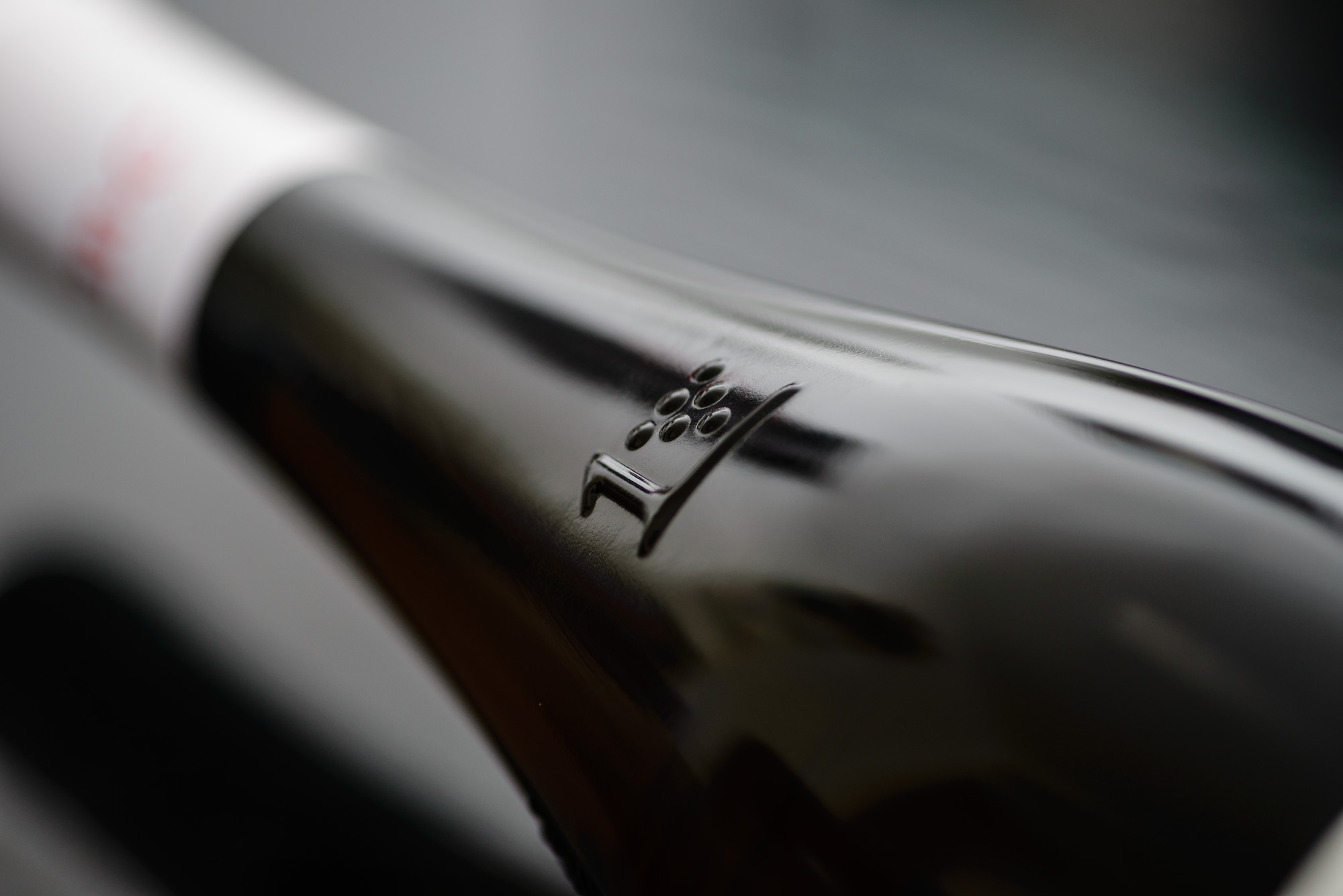Müller-Catoir, Riesling Großes Gewächs, Breumel in den Mauern, 2009
Not everyone may agree with the National Health Service's classification of nosebleeds as potentially 'frightening', but even tougher characters don't seem to consider them fun. Looking back at one or two childhood nosebleed experiences I am inclined to take sides with the NHS here - and yet a Riesling tasting like a nosebleed was probably the most interesting wine I encountered this year. Enter Müller-Catoir's 2009 Grand Cru Riesling "Breumel in den Mauern".

As you can see from the photo above there is a prominent "1" on the bottle, indicating that this wine comes from one of the most highly rated vineyards in Germany (at least according to the winemakers association VDP). Together with the designation as "Großes Gewächs" (great growth or grand cru) this is designed to inspire some awe - which is, one would hope, at least subtly different from nosebleed fright.
Müller-Catoir is one of the big names in German winemaking - big enough that infamous American wine critic Robert Parker in 2005 ranked them among the world's greatest wine estates. The estate has been in the same family since 1744 and is currently in the ninth generation. The winemaking philosophy features terms like "rhythm of the seasons", "selective harvesting by hand", "slow fermentation" and "waiting as long as possible" - slow, selective winemaking following organic principles. The estate owns parcels in some very prestigious vineyards, but "Breumel in den Mauern" is exclusively owned by Müller-Catoir. The soil of the 3ha vineyard is mostly composed of sandstone gravel; it is exposed to the south east and is enclosed by high sandstone walls (in den Mauern means "within the walls") that protect the vines and create a unique microclimate.

Expecting a complex wine that still has a few years to go I made sure to decant the Müller-Catoir and we drank it slowly over a long evening. Even so the wine still changed in the glass until it seemed to reach a final stage of balance literally with the last few sips. At first the Riesling was a little closed, dominated by cool, herbal mineral. Then it opened up to become a little more fruity and flowery, went through a more earthy phase before it unleashed the most intense salty mineral on us and then settled in harmony.
"Breumel" has all the usual goods you'd expect from a classy Riesling, including peach, ripe citrus and flavoursome herbs, plus a light grounding of a decidedly "brown" smelling vegetable earthiness and a present acidity. The wine has substance and concentration and I enjoyed the dynamic between a more robust earthiness and the cool, lively elegance. What I will mostly remember though is the multifaceted minerality. It started cool, then became crunchy, softened a little into earthy and, after maybe two hours, tasted so salty it was hart not to think of the after taste of blood on your tongue. It even smelled a little like the world does after a nosebleed - to the extent that it interrupted a good chat between old friends, demanding to be part of the conversation.
The Müller-Catoir 2009 is no doubt an intriguing wine and left a lasting impression - not just because of its long finish. I have drunk wines that were initially more approachable and other great ones that were slightly more charming throughout, but this level of complexity is rare. As the wine settled down noticeably for the last few sips I would say you have two choices (if you are lucky enough to have a bottle in your cellar): either drink it now if you want a wine that demands some attention, or wait a couple more years if you prefer it to be fully integrated when it hits your palate. Either way it should be interesting and it certainly made me reconsider me attitude to the taste of nosebleeds...
